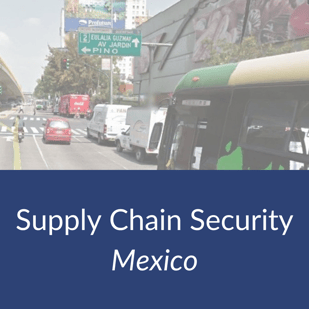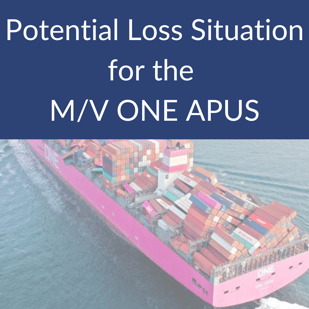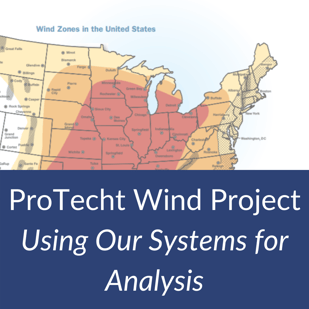Cold-Chain Distribution of the COVID-19 Vaccine
2020 has been a year that has both challenged and put a spotlight on the global supply chain. Many products from prescription medications to food to consumer goods have seen disrupted service, however the biggest challenge yet is still to come in the form of wide-spread distribution of the multiple COVID-19 vaccines throughout the world. In our bi-weekly Loss Prevention Bulletins which are distributed internally within Falvey, we have been discussing topics on vaccine development and distribution since the early days of quarantine. There are important issues at play – to name a few: countries directly contracting drug manufacturers for anticipated future supply of any potential treatment; manufacture of supporting goods such as glass vials, rubber stoppers, and syringes needed to administer the drugs; cargo carrying capacity and distribution models to reach potentially billions of patients; and drug component material sourcing and the international disputes around the issue.
In recent months, with several promising vaccines in reach, the discussion has shifted increasingly from vaccine development to real-world vaccine distribution. Logistics operators have been in a race to build and procure the necessary equipment for future anticipated demands on their capacity with several large logistics companies building giant cold-storage facilities or “freezer farms” in preparation of being asked to handle and transport millions of doses of the vaccine around the world at ultra-low temperatures of -80C to -20C.
Both the Pfizer and Moderna vaccines which have been the first FDA approved and scheduled for administration to the public are within that range requiring -70C and -20C transportation, respectively. Although this has been the prevailing narrative of vaccine development and required cold-chain transportation, some industry experts have begun to speak out for alternative temperature requirements that will not pose the same burden on logistics providers and medical facilities to build networks around the world for ultra-cold freezer storage.
“Anyone who knows just a little bit about the pharmaceutical industry understands that the hastily communicated temperatures between -20C and -80C are precautions that companies must take until they have valid data on the storage life of their products also at higher temperatures,” stated Wolfgang Albeck, CEO of German pharma logistics specialist Trans-o-flex in a recent article.
His statements made back in October seem to have played out with reports from the end of December of nearly 2 million doses of an unconfirmed COVID-19 vaccine being transported from Zurich, Switzerland to Sao Paulo, Brazil at 2C to 8C. The shipment was carried in 10 Envirotainer RAP e-2 containers via Swiss International Air Lines at normal refrigerated temperatures. It is speculated that was the CanSino Biologics vaccine developed in China, but there are other vaccines in development which meet the same temperature handling requirements.
This is of extreme importance because of the added strains on the supply chain ultra-low temperature shipments pose. This is particularly the case in less developed countries. Because of the multi-phase treatment nature of the majority of vaccines in development currently, it is theorized that 10 billion doses will need to be delivered globally. A study by DHL and McKinsey estimates that only 2.5 billion people in approximately 25 developed countries would have access to the vaccine at such controlled temperatures with the existing cold-chain infrastructure. This poses significant risk to global stability and effective inoculation against the disease.
The US government has already contracted the purchase of 100 million doses of Pfizer’s novel mRNA vaccine with an option for 500 million additional doses. Pfizer will manage the distribution of its vaccine on its own rather than through the U.S. government’s designated coordinator. McKesson has been tasked as the central distributor for COVID vaccines and related supplies, and most companies plan on delivering their goods to McKesson distribution centers where they will arrange the delivery to the designated administration points. Pfizer however is utilizing a “just-in-time” distribution plan where they will ship treatments directly using their designated transportation providers. This will add another element to the supply chain, and possibly more complexity as just-in-time delivery can be more susceptible to disruption in operations, but also would take less freezer space by reducing the stock on hand at the end point of administration which is predicted to be one of the limiting factors in vaccine distribution.
As we are still in the very early stages of vaccine distribution with multiple treatments all having their own intricacies, it is imperative that companies are diligent and proactive to manage the distribution of these highly valuable and sought after vaccines. We suggest that manufacturers take a lead role in the management of the process by conducting risk-based assessments of their supply chains and work with qualified logistics and transportation service providers that are able to provide services aligned with good distribution practices (GDP guidelines), as well as security procedures and protocols that are aligned with recognized industry best practices.
We have worked closely with our industry contacts that are intimately involved with Operation Warp Speed, which is the public–private partnership, initiated by the U.S. government to facilitate and accelerate the development, manufacturing, and distribution of COVID-19 vaccines, therapeutics, and diagnostics. Through these relationships, we have been able to assist our assureds involved in the manufacturing and distribution of the COVID-19 vaccine, therapies, and related supplies to build robust supply chain programs to ensure uninterrupted and safe delivery to their customers and end users.
Sources:
From ‘Freezer Farms’ to Jets, Logistics Operators Prepare for a Covid-19 Vaccine - WSJ
Different COVID-19 Vaccines | CDC
Pfizer-Biotech COVID-19 Vaccine Information | CDC
Moderna COVID-19 Vaccine Information | CDC
Comparing the Pfizer and Moderna COVID-19 Vaccines (aarp.org)
Covid-19 vaccines ‘safely transportable at 2-8°C’ - Lloyd's Loading List
Swiss Air Lines flies 14 tons of vaccine to Brazil - FreightWaves
Pfizer to bypass US government system for COVID vaccine distribution - FreightWaves




